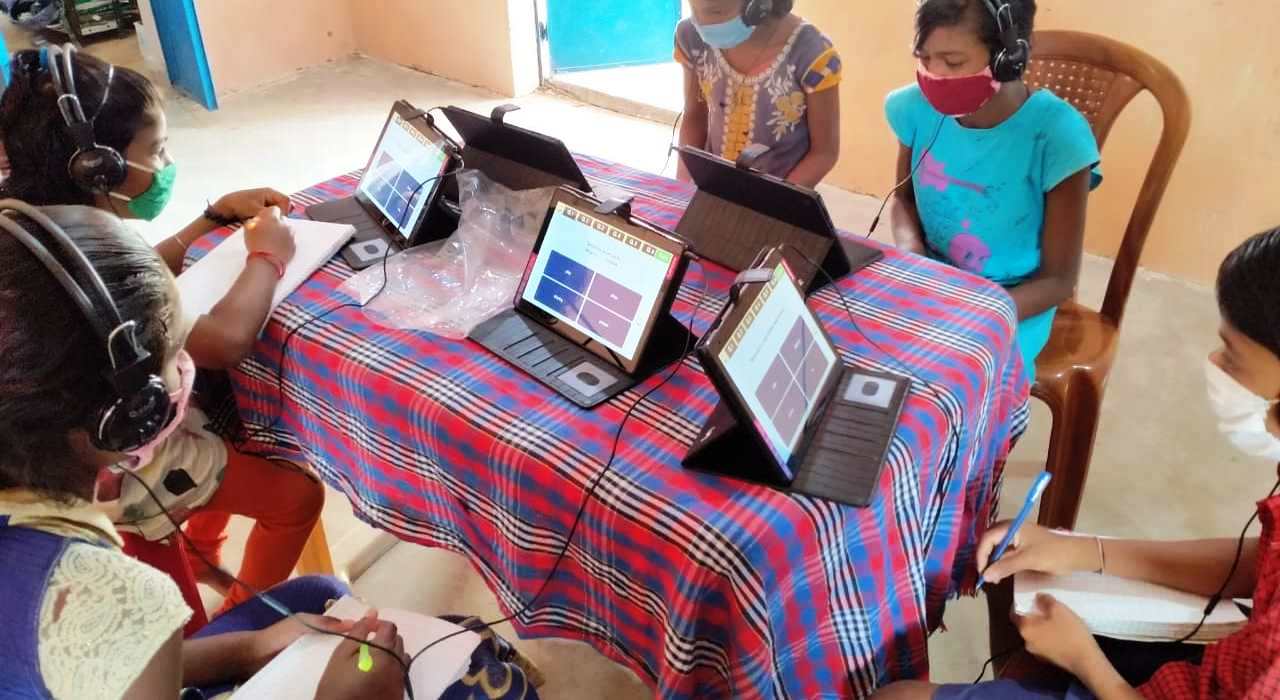

In the past year, the world has faced innumerable challenges. People became familiar with jargon like masks, social distancing, work from home and online classes. Quarantine life brought some of the toughest tests, but we got through them thanks to the remote-first approach. When we talk about remote-first or digital-first options, online education comes to the fore.
A year and a half of schooling and higher education from home has caused a loss for many students. The majority of those affected are from rural areas. According to a McKinsey report, learning losses have been such that the disadvantaged students have regressed in their ability to read by four months, and their mathematical capacity has gone behind by five months. More than 50 per cent of learners from distant households have had no access to the internet, pointing to a massive loss for them on the academic front.
Nationwide crusades like ETNB help empower digital education in partnership with State Governments to bring top-notch content in classes, tests and study materials. The mission has been revolutionary with its impact. The movement has transformed the lives of 25 million underserved students in collaboration with multiple State Governments, CSRs, and NGOs across the country. This association will help level the playing field for students in distant areas vis-à-vis their urban counterparts as they will have access to comprehensive assessment systems.
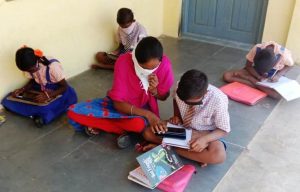 While most EdTech brands provide packages that are not affordable enough for all, some nationwide campaigns like EdTech for Naya Bharat (ETNB) by ConveGenius Foundation take the alternate way to reach the bottom of the educational funnel. Rote learning, inconsistency in teaching, lack of access to technology, outdated pedagogy and lack of comprehensive
While most EdTech brands provide packages that are not affordable enough for all, some nationwide campaigns like EdTech for Naya Bharat (ETNB) by ConveGenius Foundation take the alternate way to reach the bottom of the educational funnel. Rote learning, inconsistency in teaching, lack of access to technology, outdated pedagogy and lack of comprehensive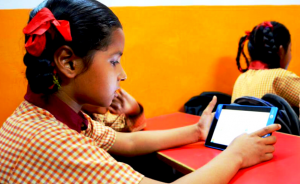 assessments are issues students face in secluded settings. Some organisations have realised the importance of EdTech for rural India and are working relentlessly towards eliminating the digital divide and bringing sustainable education and technology to remedial pupils.
assessments are issues students face in secluded settings. Some organisations have realised the importance of EdTech for rural India and are working relentlessly towards eliminating the digital divide and bringing sustainable education and technology to remedial pupils.
The potential that rural students can leverage using  EdTech is manifold. The unexplored possibilities that can be discovered can only be anticipated, but EdTech needs to make its way into the picture first. Since the digital education revolution is still far from its saturation point, the advantages that it brings need to be spread across the country.
EdTech is manifold. The unexplored possibilities that can be discovered can only be anticipated, but EdTech needs to make its way into the picture first. Since the digital education revolution is still far from its saturation point, the advantages that it brings need to be spread across the country.
Here’s how EdTech can achieve the goal of bringing quality education to the masses:
Partnerships to Prosper
Nationwide crusades like ETNB help empower digital education in partnership with State Governments to bring top-notch content in classes, tests and study materials. The mission has been revolutionary with its impact. The movement has transformed the lives of 25 million underserved students in collaboration with multiple State Governments, CSRs, and NGOs across the country. This association will help level the playing field for students in distant areas vis-à-vis their urban counterparts as they will have access to comprehensive assessment systems.

Movements like ETNB are relentlessly working towards providing affordable and quality education to as many as 100 million underserved kids at the bottom of the socio-economic pyramid in India. These campaigns help bridge the learning gap and encourage equal holistic academic development by breaking all virtual barriers in education.
Interactive yet Compatible Digital Options
EdTech initiatives have brought innovative solutions to learning that are very different from the traditional methods of creating educational games or tedious modules. Device agnostic platforms have been introduced in the market, providing considerable convenience to students in outlying areas. They are easily accessible through the web and mobile applications.
Chatbots have been embedded in widely-used applications such as WhatsApp and Telegram to reach the majority. These interactive chat-based solutions help in adaptive learning with the help of customised content recommendations, accurate and dynamic assessments and doubt-solving sessions. The advantage it provides over some of the other options available is that these platform-based solutions can run at moderate internet speeds and do not shrink the space on a device.
Initiating the Discussion
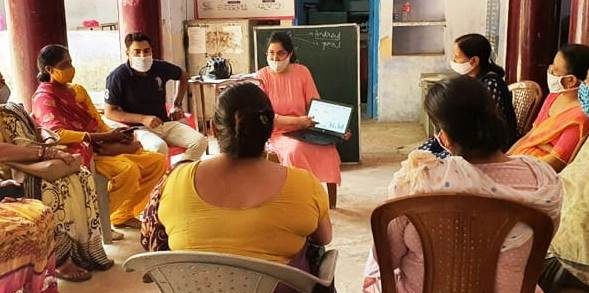 Social enterprises are exploring opportunities by launching missions like ETNB to narrow the gap that exists within the educational ecosystem. Discussions, sharing of ideas and the creation of new ideas have always been the foundation of transformation. Regular online dialogues among
Social enterprises are exploring opportunities by launching missions like ETNB to narrow the gap that exists within the educational ecosystem. Discussions, sharing of ideas and the creation of new ideas have always been the foundation of transformation. Regular online dialogues among 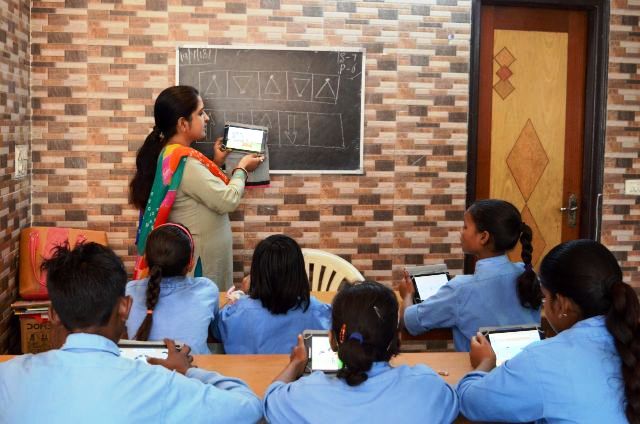 companies, non-governmental organisations and the government as an association, or a consortium for change, can propel the educational environment to prosper in secluded areas.
companies, non-governmental organisations and the government as an association, or a consortium for change, can propel the educational environment to prosper in secluded areas.
With the growth of internet users in rural India being three times more than in the urban areas, the means to spread the education revolution is already 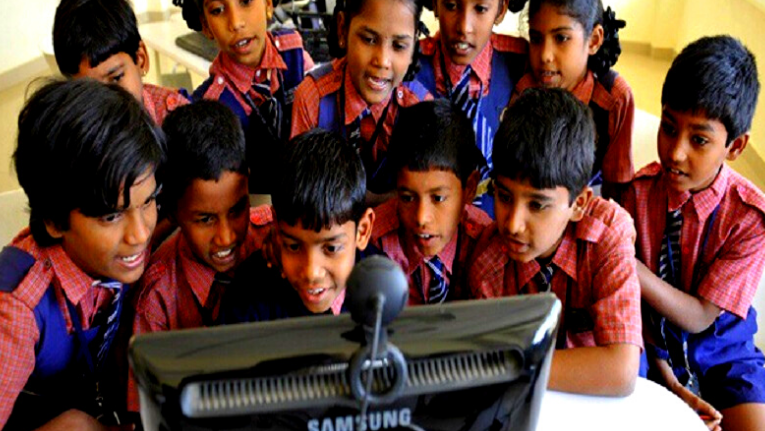 in the offing. A consortium of socially conscious campaigns like ETNB Mission, governments and NGOs are helping to arrange the required framework for streamlining the urban and rural education systems as one. Movements like ETNB are relentlessly working towards providing affordable and quality education to as many as 100 million underserved kids at the bottom of the socio-economic pyramid in India. These campaigns help bridge the learning gap and encourage equal holistic academic development by breaking all virtual barriers in education.
in the offing. A consortium of socially conscious campaigns like ETNB Mission, governments and NGOs are helping to arrange the required framework for streamlining the urban and rural education systems as one. Movements like ETNB are relentlessly working towards providing affordable and quality education to as many as 100 million underserved kids at the bottom of the socio-economic pyramid in India. These campaigns help bridge the learning gap and encourage equal holistic academic development by breaking all virtual barriers in education.

